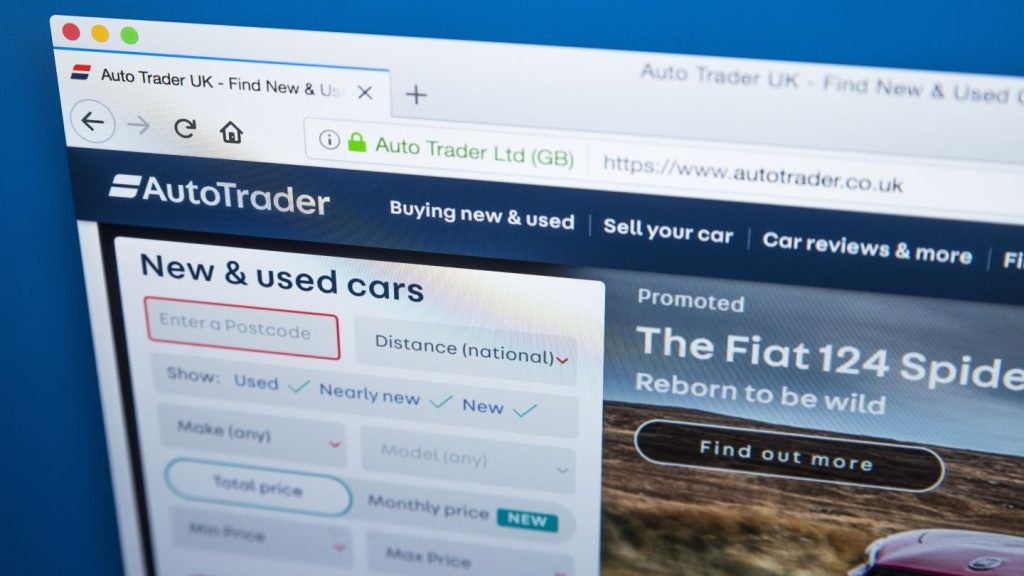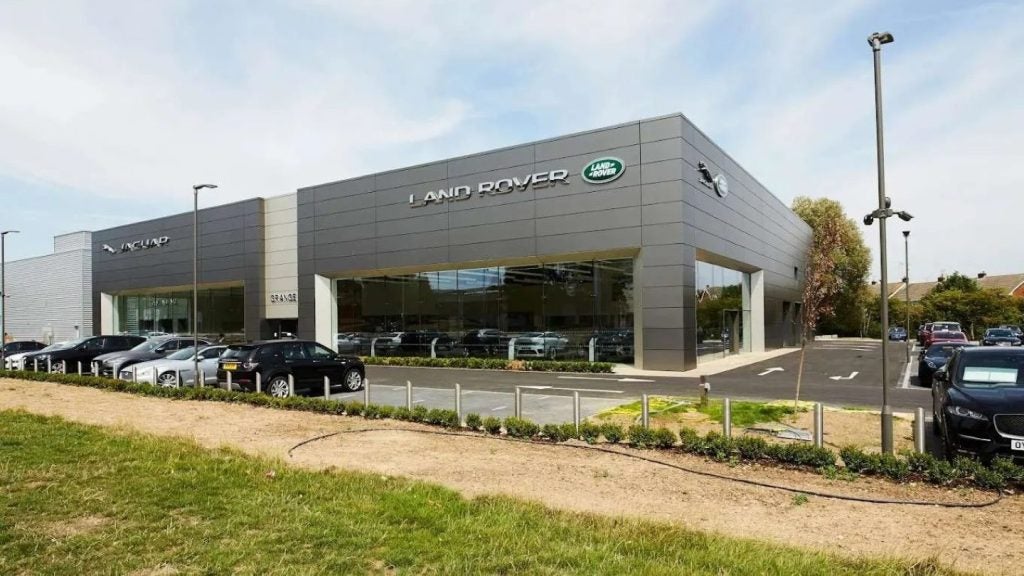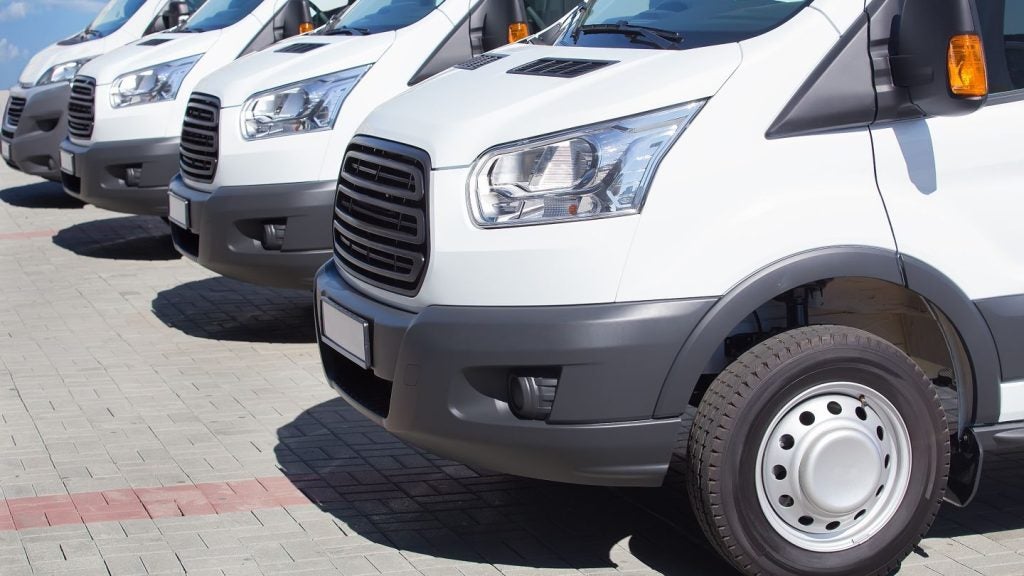With the perfect storm of rising inflation and the cost-of-living crisis eating into disposable incomes, market trends around the financing of used cars are changing. This comment by Tamara Brown, Head of Partnerships at V12 Vehicle Finance
While many of us will be grateful we don’t find ourselves discussing the lasting impact of the pandemic all that regularly anymore, it’s fair to say we’re still feeling the effects of a disruptive two years on the market for used cars.
Notably, our data shows the average age of used cars bought on finance has risen significantly over the last 12-18 months as we felt the delayed impact of the Covid-19 pandemic and associated externalities. To paint the picture, the average age of a used car bought on finance has increased by one year from under seven years, to eight.

Our data also tells us the average mileage of used cars has also risen by around 2,500 miles to 65,129 in the last year. While the age and mileage has risen, the average amount of finance being taken out to purchase used cars has changed very little, at £10,904 which is £39 less (0.36%) than 12 months before. This indicates the average age of financed used cars has risen by a whole year and the buyer is paying very nearly the same as they were in 2022, but for a car that is almost an entire year older with more wear and tear and a higher mileage to boot. There are many reasons for this. As we know, the main contributor is that during the pandemic, many owners held onto their cars as the industry shut down, meaning the used car market shrunk considerably.
To add to the issue, an industry-wide semiconductor shortage caused new car production to slow down significantly. With new cars harder to source, we saw a twofold impact. Firstly, rental and fleet vehicles that would regularly be renewed couldn’t be and did not enter the used car market. Secondly, it meant even if a consumer did want to part exchange, they couldn’t, again due to a diminished new car supply. This perfect storm has contributed to the sharp rise in the average age of cars being bought on finance.
Which cars are being financed?
Unsurprisingly, given the financial pressures people are under currently, there has been a noticeable shift in the models chosen by buyers. Our own data from the first half of 2022 seems to indicate the effects of the pandemic had not yet been felt during that period, yet 12 months later we’ve seen a clear shift towards more affordable models.

US Tariffs are shifting - will you react or anticipate?
Don’t let policy changes catch you off guard. Stay proactive with real-time data and expert analysis.
By GlobalDataWhile the top three most popular models have remained stable, it is telling to see how the spiralling cost-of-living and shifting consumer behaviour has led more luxury models, such as the Range Rover Evoque, to fall off the list, with smaller, less expensive models, namely Ford’s Kuga and Focus, breaking into that top five. Given the volatility of the price of fuel, it is fair to assume consumers have become more conscious of running costs, prompting this drive towards smaller vehicles.
Most recently, we’ve also seen reports that one electric car is being sold per minute – a trend that is also reflected in data for the loans being secured to fund these cars. Our own data found demand for used EV finance rose by over 300% between 2022 and 2023, stressing the need for dealers to ensure they have suitable finance partners in place to accommodate this rapid rate of growth.
The future of dealer-led financing of used cars
With pressures mounting on dealers, dealers must have the customer at the heart of their business. We would recommend dealers consider working with an integration partner, we are agnostic in this regard, to increase the speed and ease of decisions connecting the dealers' online and showroom sales tools and establishing a seamless journey for the consumer.
Dealers looking to maximise their margins during challenging times would be wise to turn to stock funding options. Ultimately, with the market behaving as it is at present, the dealers who stand to gain the most are those with the ability to identify the profile of the vehicle they want to stock and act at speed when those vehicles become available.
While independent dealers may still be dealing with a degree of Covid legacy regarding the vehicles their customers want to buy and the lengths they need to go to acquire stock, those with one eye on emerging trends and another on effective systems will be best placed to reap the rewards.
RELATED REPORTS
Six months of growth for UK car production: SMMT
Finance set to drive record high of £23bn in UK used car sales for 2023








